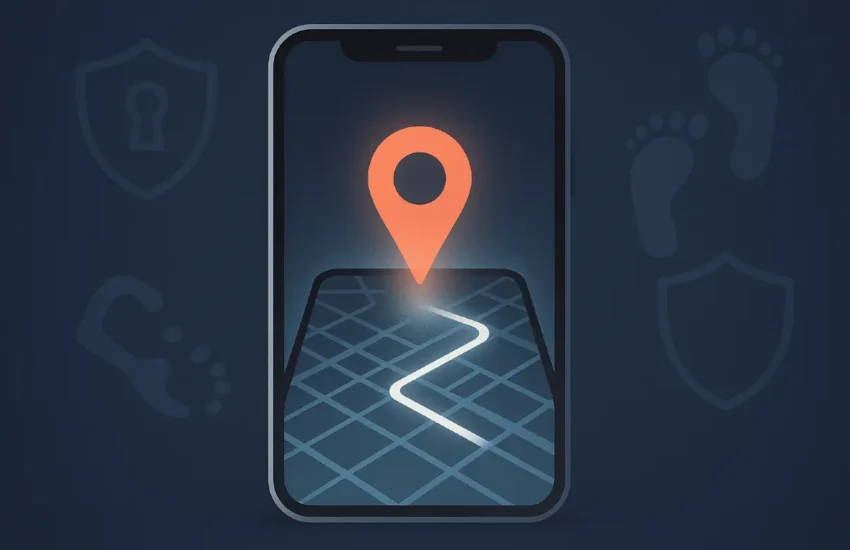Digital Guardians: The Ultimate Guide to Navigating Cybersecurity for AI
In a world where security threats can come from anywhere, the challenge of managing the risks associated with artificial intelligence (AI) is increasingly important. Organizations must properly secure their networks, data stores, and applications against cyberattacks and malicious actors. But with so many aspects to consider, it can be overwhelming for an organization to stay ahead of cybercriminals while making sure they continue to use AI safely.
That’s why it’s critical that all organizations adopt the mindset of a Digital Guardian – proactively discovering, understanding, and mitigating any potential issues or vulnerabilities before they occur. In this ultimate guide to navigating cybersecurity for AI in your business operations, we’ll provide insights into how you can become a digital guardian and confidently protect key assets from malicious attacks – now more than ever!

Exploring the Growing Cybersecurity Threats to AI
As artificial intelligence continues to become more prevalent in our daily lives, the potential threats to its security and privacy are increasing. Cybersecurity threats to AI are not only concerning for the technology itself but also for the sensitive information it processes and stores. From data breaches to malicious attacks, the risks are constantly evolving and require proactive measures to mitigate.
As we further integrate AI into our homes, workplaces, and society as a whole, it’s crucial that we prioritize its protection and take steps to prevent cyber attacks before they occur. By exploring the growing threats to cybersecurity within AI, we can better understand the vulnerabilities and work towards stronger safeguards to protect this pivotal technology.
Understanding the Basics of Digital Guardianship
Digital guardianship, in the context of AI cybersecurity, involves the implementation of robust security measures designed to shield AI systems and the data they handle from potential cyber threats. This includes the application of advanced threat detection tools, the enforcement of strict access controls, and the use of encryption for data security.
At the heart of digital guardianship is the idea of ‘proactive security’, which means not waiting for a breach to occur, but rather continuously monitoring, scanning, and improving systems to deter and mitigate potential attacks. Organizations can fortify their assets against cybercriminals with AI security solutions from hashlock.com.au and focus on digital guardianship.
Organizations have the ability to safeguard their invaluable resources with great effectiveness. This proactive approach also extends to the ongoing education and training of staff members, ensuring they remain aware of the latest threats and are equipped with the knowledge and tools to handle them effectively.
Steps for Implementing Robust Security Protocols
When it comes to implementing robust security protocols for AI cybersecurity, an initial step is conducting a thorough risk assessment. This involves identifying and analyzing the various potential threats that your AI systems are susceptible to, and determining the impact that these threats could have on your systems if they were to materialize.
Once the risk assessment is complete, you can then prioritize the risks based on their potential impact and likelihood of occurrence, and use this to guide your security strategy. The next step is the development of a comprehensive security policy, clearly outlining the standards, guidelines, and procedures to be followed to ensure the security of your AI systems.
This should be reinforced with a solid incident response plan, which prepares your organization to effectively respond to potential security breaches and limit their impact. These steps, coupled with regular security audits, continuous monitoring of systems, and ongoing staff training, are critical to achieving robust AI cybersecurity.
Strategies for Minimizing Risks and Vulnerabilities
Minimizing risks and vulnerabilities in AI cybersecurity requires a multifaceted approach. First, employing a layered defense strategy can help to create multiple barriers against potential attacks, with each layer serving to halt or slow down an attack if the previous one fails.
Incorporating AI in your own cybersecurity measures can also be beneficial, as this technology can analyze large volumes of data at a rapid pace, identifying unusual behaviors or anomalies that could indicate a potential security threat.
Regular system updates and patches are also crucial, as these often include fixes for known vulnerabilities that could be exploited by cybercriminals. Ultimately, the integration of advanced technologies, coupled with an educated and vigilant workforce, can significantly reduce the risk and potential impact of cybersecurity threats to your AI systems.
Recognizing Potential Weaknesses and Solutions
Recognizing potential weaknesses and devising appropriate solutions is a crucial aspect of AI cybersecurity. AI systems, while sophisticated, are not infallible and can be vulnerable to various forms of cyberattacks. For example, adversarial attacks can manipulate AI models by exploiting their design flaws or inherent biases, leading to erroneous outputs.
Similarly, backdoor attacks can infiltrate AI systems during the training phase, embedding malicious behavior that can be triggered later. To mitigate these vulnerabilities, continuous monitoring of AI behavior is essential to detect any abnormalities. Further, implementing transparency and explainability in AI models can help in understanding their decision-making process, aiding in the detection of any compromised functionality.
Regularly updating AI algorithms, using secure and trusted data sources, and employing robust encryption techniques are also effective strategies to proactively safeguard AI systems from potential cyber threats.
Training Employees to Spot and Report Cybersecurity Threats
Employee training is an essential component of any effective cybersecurity strategy for AI. It is crucial that all employees understand the different types of cyber threats and how they can manifest in AI implementations. Training modules should cover the basics of AI cybersecurity, the identification of potential threats such as phishing attempts or unusual system behaviors, and the protocols for reporting suspected security breaches.
Equipped with this knowledge, employees become an active part of the organization’s defense, helping to prevent incidents by spotting and reporting suspicious activities early. The training should be ongoing to ensure that employees’ knowledge stays up-to-date with the evolving threat landscape.
Utilizing Advanced Technologies for Automated Protection
Utilizing advanced technologies for automated protection is a game-changer in AI cybersecurity. These technologies, such as machine learning and behavioral analytics, can autonomously monitor, detect, and react to potential threats, often in real-time.
Machine learning algorithms can be trained to recognize patterns associated with cyber threats, while behavioral analytics can identify deviations from normal system operation, which could signify a potential security breach.
Additionally, automated protection systems can react swiftly to detected threats, isolating affected areas, or shutting down certain functions to prevent further damage. Such automated safeguards augment human-led defenses and provide an additional layer of security, enabling organizations to respond more effectively and efficiently to potential cyber threats.
In the face of an evolving digital landscape, AI cybersecurity must remain a top priority. The journey to becoming a Digital Guardian, while challenging, equips organizations with the knowledge and tools to effectively navigate the complexities of AI cybersecurity.
By diligently exploring potential threats, implementing robust security protocols, minimizing risks, recognizing weaknesses, training employees, and utilizing advanced technologies, businesses can fortify their defenses and confidently safeguard their AI operations against cyber threats.
Embracing these strategies ensures that organizations can continue to reap the benefits of AI innovation while maintaining the utmost security and privacy standards. The digital age promises immense potential, and with vigilant guardianship, we can ensure that it remains a safe and secure frontier for all.


